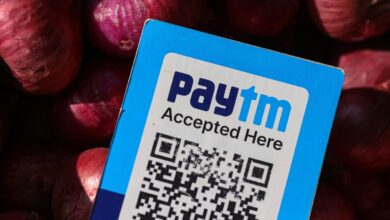The telecom-fintech overlap

With the common factor of being two sectors consistently on the forefront of innovation, the telecommunications and fintech industries have intersected in exciting new ways that redefine each industry and pushes towards new business models.
There is significant overlap between the sectors, with both telecoms and fintech being heavily regulated industries, and balancing multiple providers across communication, technology, and finances. Both industries are focused on expanding access to financial
services and enhancing customer experience, along with introducing new solutions such as Software-as-a-Service.
What are the benefits of a fintech-telecom combo?
The massive reach and infrastructure capabilities that telecoms possess easily facilitates the growth of fintechs by widening their customer reach. Fintechs can build on existing networks of services to gain more consumers and access previously underserved
populations. With built-in infrastructure, there is also integrated regulatory compliance.
Telecom and fintech collaboration facilitates some of the most up-and-coming forms of payments today, such as digital wallets, mobile banking, digital currencies, insurance and lending services, digital remittances and more. With the mass move to digitalise,
telecoms are embracing fintechs to drive new financial products.
With most of fintech now being digital and mobile-centric, the connection with telecom companies and fintech is a natural progression of services. Open APIs facilitate communication between telecom networks and fintechs, and data sharing structures can allow
for further customisation of services for users. The end-goal is always convenience and accessibility for the consumer with the lowest level of friction, in which telecom corporations and financial institutions can collaborate to achieve.
What have telecoms and fintechs achieved as a team?
PWC surveyed 500 financial services and technology, media, and telecoms companies in a global questionnaire, discovering that Chinese companies
are in the forefront of embedding emerging technologies in their products. The framework is to facilitate cooperation between telecoms and banks to roll out further virtual services.
Telecom and fintech collaboration is seeing steady growth in Africa. M-Pesa’s mobile money service accelerated the use of mobile banking and established digital banking ecosystem throughout several African countries.
The South African-based
Vodacom Group has partnered its superapp, VodaPay with Bidvest Bank to launch further fintech products and services. Other telecoms in African countries such as South Africa’s MTN Mobile Money and Zimbabwe’s Ecocash are also becoming fintech providers to
expand their reach. In 2023 MTN gained support from payments giant
Mastercard. Payments app
Revolut also invested in payments corridors with African digital wallets Airtel, Orange Money, and MTN just this month. Other countries where the telecoms are also offering financial services include Kenya, Tanzania, Nigeria, and Egypt.
In 2022,
Bharti Airtel teamed up with Axis Bank to form a telecom-bank partnership in India.
Europe is also catching on, in Germany this year mobile giant
Telekom partnered with fintech Bling to engage more in the digital space.
Where next?
There are more and more pockets of convergence emerging between fintech and other fields as financial services becomes more accessible and immersed in technology.
As the fintech sector continues to expand and blossom, it intersects with other industries to offer more holistic experiences for the user. Cross-industry collaboration and hybrid financial ecosystems allow overlap between industries to create innovative
solutions that enhance user experience and create new, exciting offerings.



